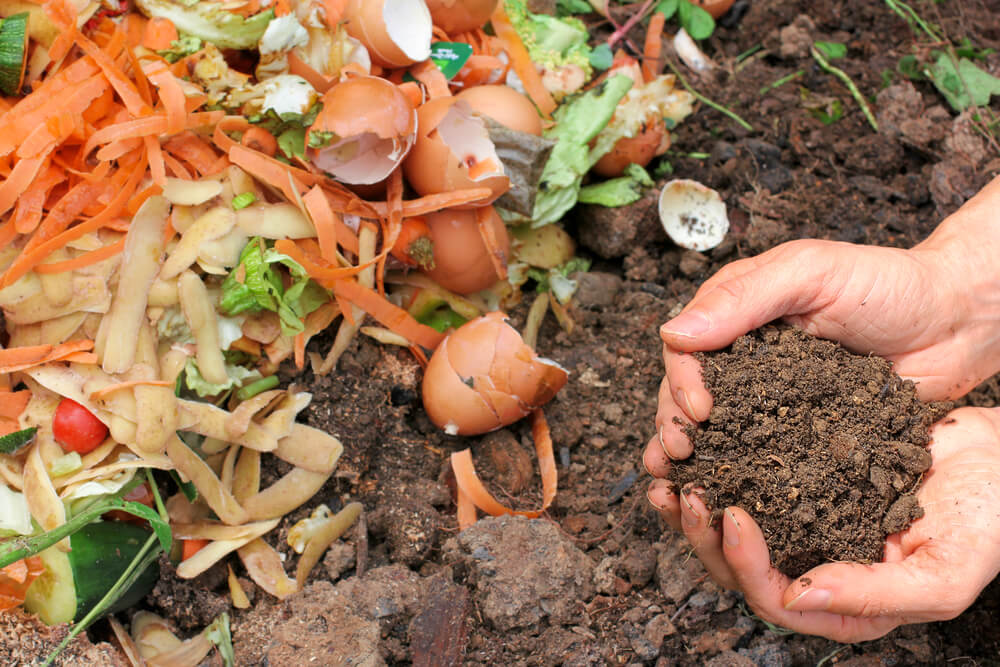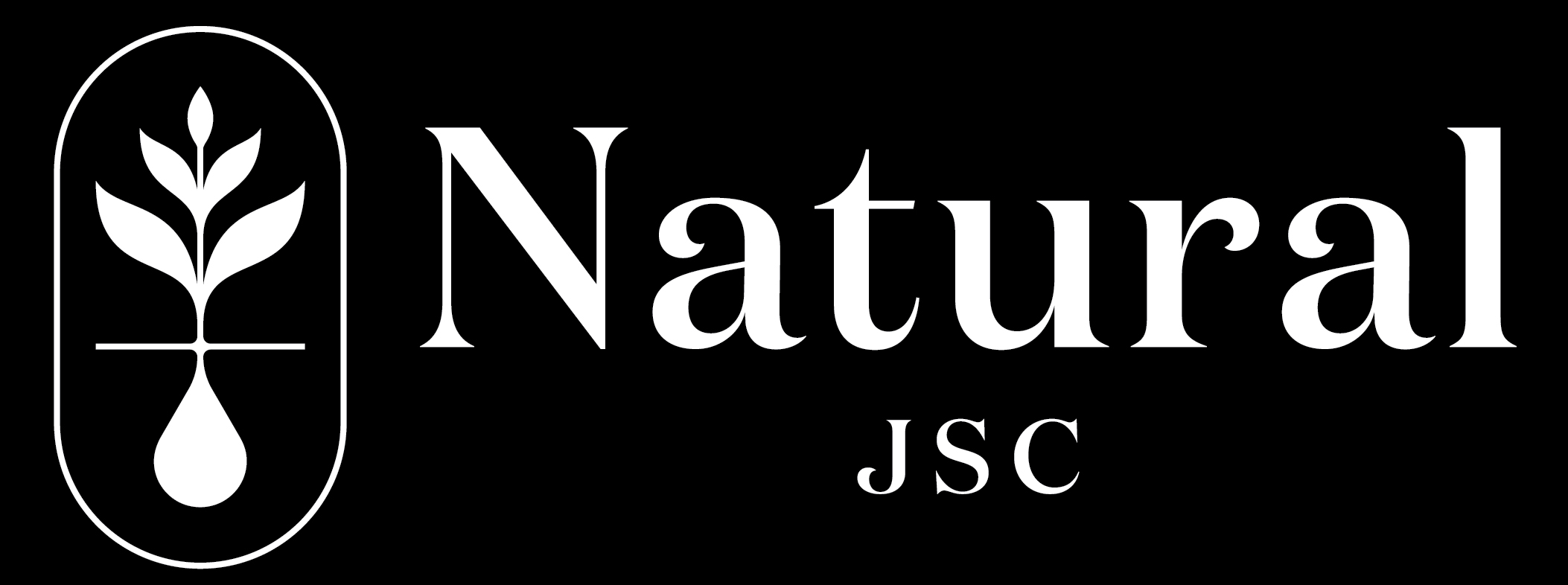The strong growth of the environmental protection movement and the use of eco-friendly products in recent years has brought many benefits in building a sustainable life. At the same time, it has also given rise to many new terms, such as compostable. So what does this term mean? Let’s explore it in the following article.
The concept of composting

Most organic waste—such as tea leaves, coffee grounds, and products made from natural materials—can break down into compost, carbon dioxide (CO₂), and water under the right environmental conditions. This biological process is known as composting, and materials that undergo it are considered compostable. Composting typically takes a few months and leaves behind no harmful residues, making it a safe and environmentally friendly method of waste disposal.
How to compost an object?
Composition
For the composting to occur, the object to be decomposed must first be made from natural, carbon-rich organic materials. In addition to grass, food scraps, wood, etc., compostable products such as organic packaging and sugarcane straws also meet this requirement.
Environmental conditions
Most organic waste needs to undergo composting in suitable environmental conditions determined by the following three important criteria:
_ Oxygen: Oxygen is essential for effective composting. Without oxygen, instead of organic compost, we will end up with methane gas, which is extremely harmful to the environment.
_ Temperature: Organic decomposition occurs faster at higher temperatures, and some organic waste only begins to decompose at a certain temperature.
_ Moisture: Microorganisms need water to transport substances between cells, so composting also requires moderate moisture.
Microorganisms
Finally, there are microorganisms—the most important agents in the composting process. Essentially, organic material serves as a food source that nourishes microorganisms, helping them grow and multiply. Taking advantage of this, researchers use microorganisms and the enzymes it secrete to break down the bonds in the material. Once the bonds are broken, the material becomes simpler compounds and enters the maintenance stage to produce the final product: organic fertilizer.
The relationship between composting and biodegradation
Composting is a subset of biodegradation but has several characteristics, specifically:
Environment
Unlike some biodegradable products that can decompose in natural environments, compostable products must be composted under strictly controlled environmental conditions regarding temperature, humidity, and oxygen levels. Therefore, composable products are often composted at industrial facilities.
Time
The biodegradation process is not limited by decomposition time, sometimes taking a few years or even decades. However, the composition time for organic materials is more specific and clear. Each different material has a corresponding time requirement, ranging from 90 days to several months.
Final outcome
Typically, the final product of the biodegradation process is CO2, water, and organic biomass, but the material does not necessarily have to be completely decomposed and may be in fragments. In contrast, during composting, the material is completely converted into CO2, water, humus, or compost fertilizer (after the composting process), which is good for the soil and crops.
Some notable compostable materials

Coffee grounds
We have long known that coffee grounds can be reused for various purposes. Not to mention, these grounds can also be used as fertilizer for plants. So it’s no surprise that coffee grounds are considered one of the leading materials in the production of compostable products. And it’s not just limited to food and beverage packaging; coffee grounds have also made their way into the fashion market with accessories such as masks and shoes.
Sugarcane bagasse
Contributing to the compostable race, we have sugarcane bagasse and countless common items made from this material, such as plywood, disposable tableware, cups, bowls, boxes, etc. Due to their organic degradability, products made from sugarcane bagasse are now being used more and more widely to replace disposable plastics, reducing the amount of plastic waste in the environment.
Cornstarch
Similar to bagasse, cornstarch is also a compostable material used to make disposable products in food and beverage processing. In addition, cornstarch has many other interesting applications, such as making fabric for clothing or insulation materials and bricks for walls in the construction industry. Cornstarch products are often mixed with other ingredients to enhance the material’s quality and durability. However, they always meet eco-friendly requirements and retain their ability to biodegrade.
Conclusion
We hope this article has helped you better understand the term “compostable” and related questions. Compostable biodegradation and products meeting compostable criteria hold significant importance for the environment. Not only are they eco-friendly, but at the end of their lifecycle, they also become a new resource nourishing the soil and crops. Therefore, if you’re still hesitating about which eco-friendly product to use, don’t overlook compostable products.
